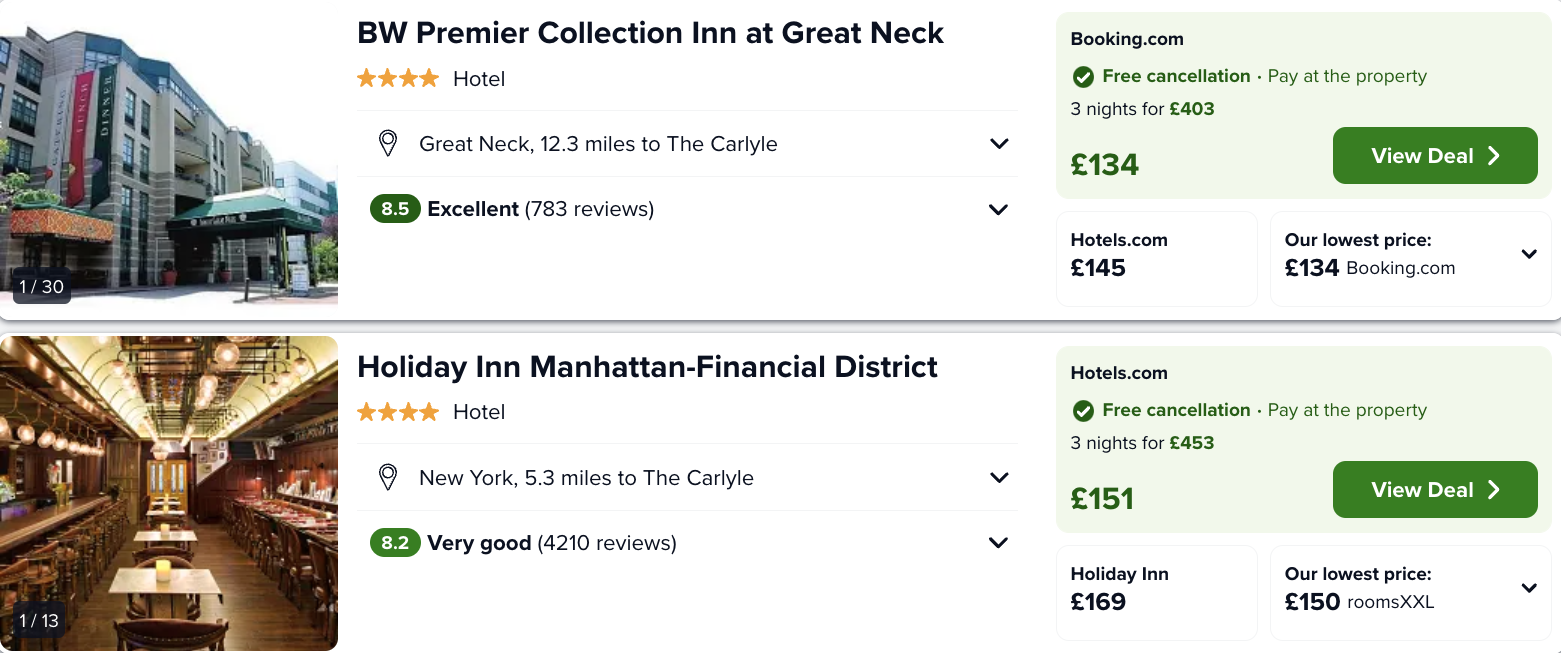
With travel demand returning and online searches on the rise, you’ll want to make sure your direct website is visible to potential customers.
NB: This is an article from Triptease
But how can you set your hotel up for success when OTAs are spending billions to squeeze your direct booking channel out of the game? Limited time and resources can make it difficult to compete on search engines like Google, whether through SEO or paid advertising.
Subscribe to our weekly newsletter and stay up to date
But there is another way to place your direct website in front of potential bookers: metasearch. This crucial marketing channel can help you grow your online presence, attract guests and lower your dependency on OTAs.
If you’re new to the world of hotel metasearch then you’ll probably want to start with the basics: what exactly is a metasearch engine, which are the top ones to prioritize? How do they work, and how will they help you to maximize your online visibility and increase your direct bookings? This article covers what you need to do, have and know to succeed on metasearch as we enter a new age of travel. When you’re finished reading, you’ll probably want to rethink your direct booking strategy to leverage the key opportunities of meta!
What is a metasearch engine?
First things first, it’s important to understand the difference between a metasearch engine and an OTA. Whereas an OTA is a booking channel that allows a visitor to complete a booking on a third-party website, a metasearch engine is an acquisition channel that provides visitors with a list of different booking options and redirects them to the booking channel of their choice. Whether this is an OTA or the hotel’s official website, the visitor can then go on to complete the booking.
The key difference lies in who owns the customer relationship at the end of the booking journey – an OTA owns the customer, whereas a metasearch engine doesn’t.

Google Hotel Ads metasearch results showing different booking options.
A metasearch engine is a price comparison platform in which visitors can search for booking dates for your hotel and shop for the best available rate. Some of the biggest ones include Google’s ‘Google Hotel Ads’, Tripadvisor, Trivago and Kayak. Visitors on metasearch are shown rates from all participating distribution partners and OTAs. The visitor can then click on the rate of their choosing and complete the booking directly on the partner’s website.

Trivago hotel listings with metasearch results.
Since there are many booking channels competing for the customer’s attention, metasearch engines tend to work on an auction basis where partners bid for prime placement. Depending on the engine’s setup, participants will usually pay either a fee for clicks and impressions, or a commission on total booked revenue.




